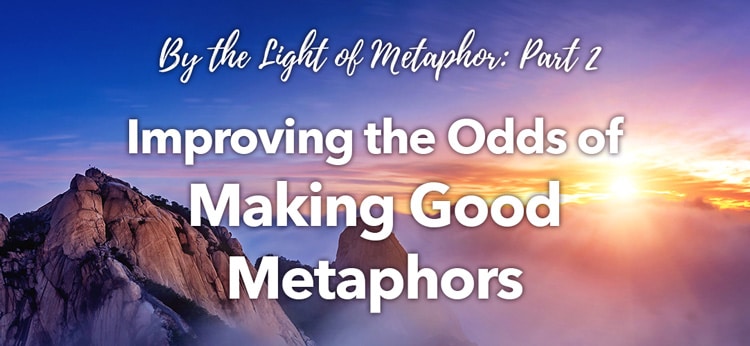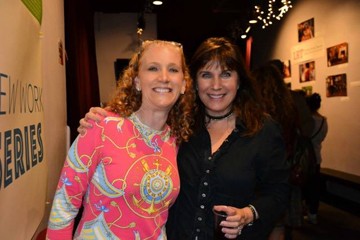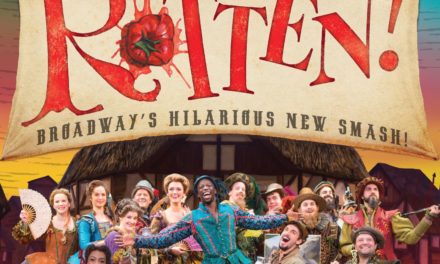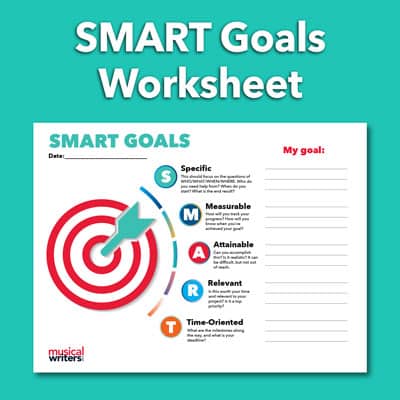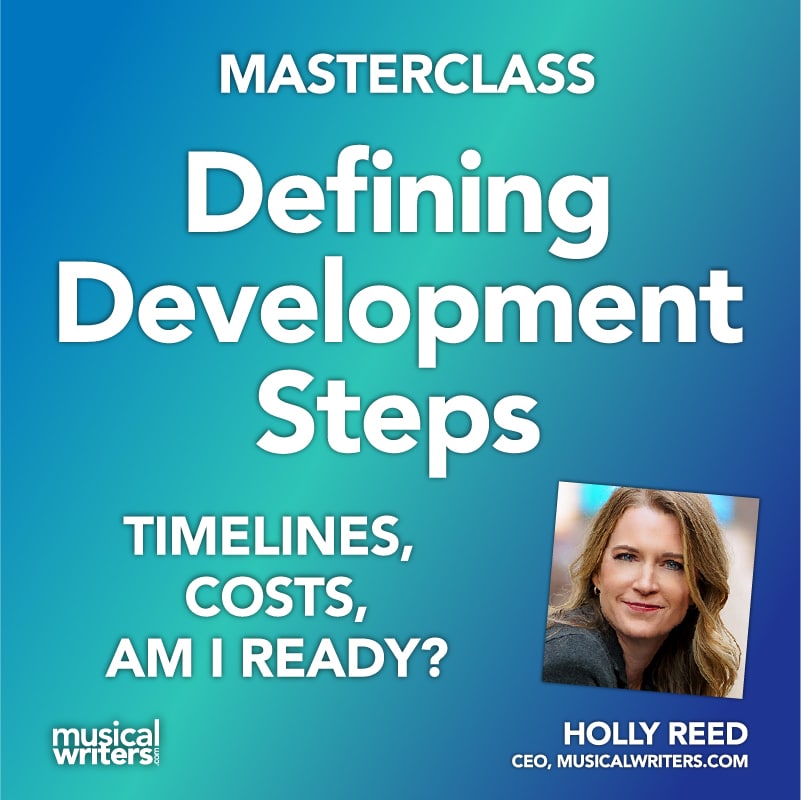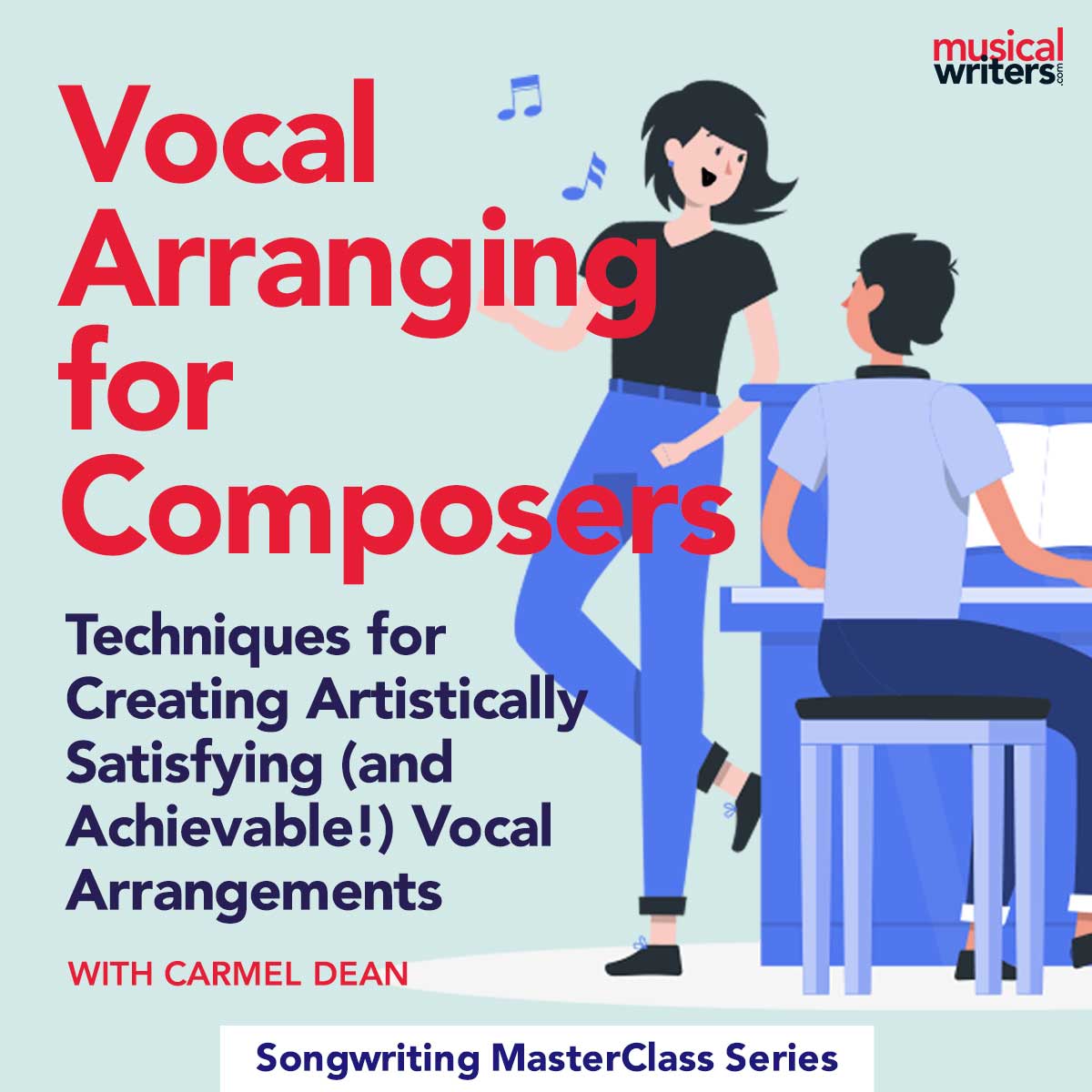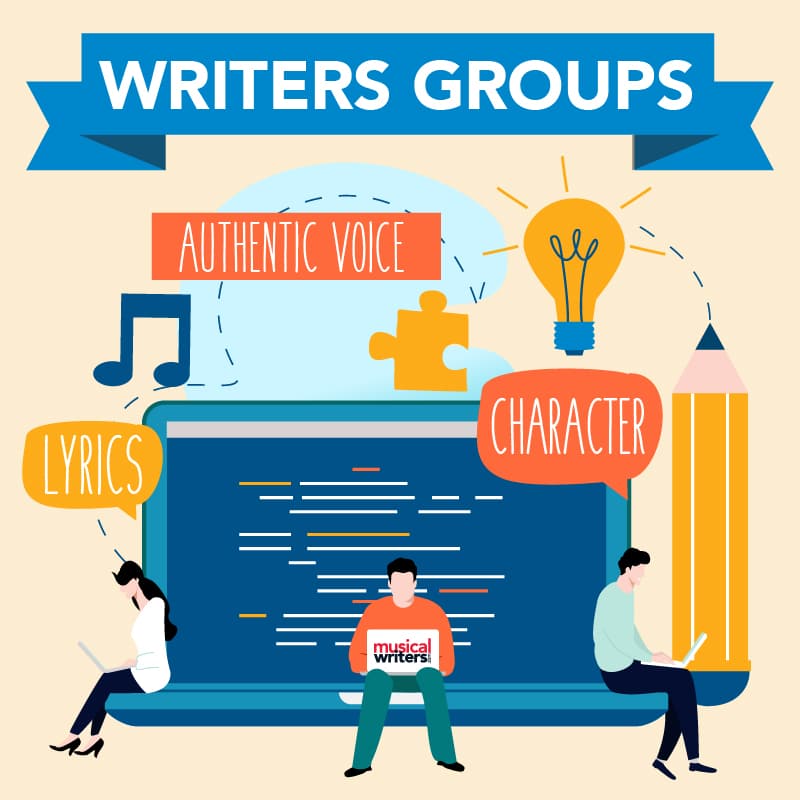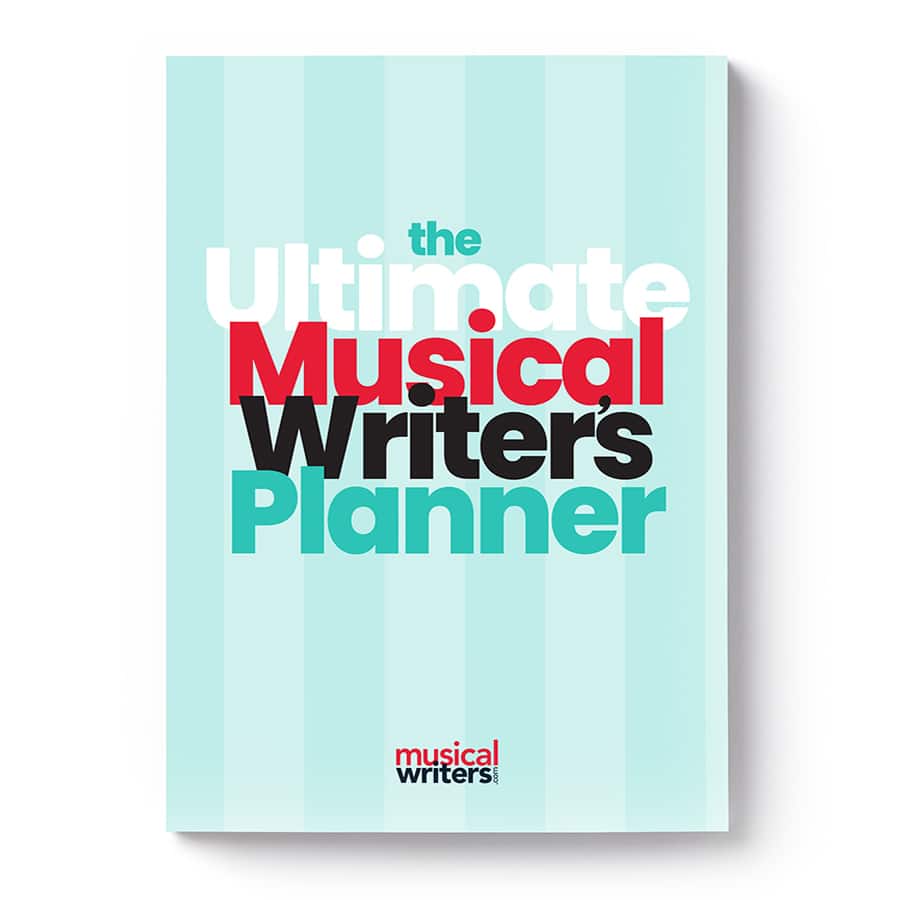By Carol de Giere and Mark Evan Chimsky
See also: Part I – By the Light of Metaphor: Experiences of a Metaphor Maker
When the character Alexander Hamilton sings, “I’m not throwing away my shot,” in Hamilton, or Evan Hansen sings “You will be found” in Dear Evan Hansen, they are engaging us on multiple levels. The lyricists know we’ll make a connection between the surface expression and the deeper meaning. When Desiree Armfeldt sings “Send in the clowns,” in A Little Light Music, we poignantly feel the pathos of her relationship situation.
Skilled musical writers often use figurative language to enhance the audience experience. Oscar Hammerstein II frequently used imagery and metaphor in his works. For example, he wrote “It Might as Well Be Spring” for the musical State Fair, linking the delight of new love to springtime. Hammerstein also wrote the poetic “You’ll Never Walk Alone” for a tragic moment in Carousel when Julie Jordon needs the courage to walk through the storm of her life.
Why not write lyrics and dialogue that are direct and on the nose? For one thing, people tend not to speak precisely in real life—we may hedge and not say exactly what we’re thinking. Metaphors can help our characters speak with nuance, doing a bit of a dance with expressions. Also, metaphorical language is memorable. It activates the imagination and helps us connect to our memories of similar experiences.
See also: The Art and Craft of Lyric-Writing class with Amanda Yesnowitz
In Part I, an interview with Stephen Schwartz, we explored how he developed the metaphorical language for “Beautiful City,” “Children of the Wind,” “Spark of Creation,” and other songs based on research, observation, and the inspiration that arose when he would see through a character’s eyes. In this next part, we’ll look at strategies for enhancing your own image-making abilities in order to amplify the emotional impact of your lyrics or dialogue.
How To Enhance Your Metaphor and Image-Making Ability
How do we come up with metaphors and other images when facing a blank page? Are there ways to increase our odds of being able to write good ones? And how do we refine the ones we’re using? Here are a few specific suggestions we’ve collected from writers about making good metaphors.
Receptivity and Research
- Listen for metaphors in conversation or look for them in someone else’s writing. You may eavesdrop for ideas at coffee shops or in online chats. Is anyone, for example, speaking metaphor-rich phrases like “shed some light on the issue,” “break the ice,” or “find the root of this problem”? We often don’t even notice the images, but the process of noticing may help ready your mind for your own image creations.
- Read poems that in some way align with your story. Note your favorite images and add them to your bulletin board or if you found them online, save them in your files. Use them as a springboard to jumpstart your own creative images.
- Try a metaphor walk. Without thinking about your story, take a walk and notice anything around you that might make a simple image or metaphor in the future: potholes missed, stairs climbed, birds taking flight, shadows dancing, butterflies alighting on plants, children playing. When you’re home, make notes on ways you could connect your walk’s sensory experiences to the emotions you want to express in your songs.
- Remember Stephen Schwartz’s advice, “In lieu of inspiration, do research.” Find an abundance of material on your topic, including anything your characters might experience in everyday life. Sift through your collection for ideas that might trigger your imagination.
Revising and Refining
Once you’ve gathered your material and have your early drafts, there may be ways to further your musical numbers using striking imagery. Here are some points to consider in making good metaphors:
- Explore all the senses for a particular moment in a show. Make notes on what your characters might see, hear, touch, taste, and smell in the world they inhabit. Or perhaps, for an “I Want” song, develop a romanticized scenario that reflects their hopes. In My Fair Lady, when flower seller Eliza Doolittle sings of wanting a warm room where she can eat chocolates, this aspirational description tells us more about her character than any other comments could. She doesn’t want much, just simple creature comforts. This makes her later transformation into an elegant lady, a “consort for a king,” all the more dramatic, beyond her wildest dreams.
- Give yourself the opportunity to overwrite and explore. It doesn’t hurt to be playful and corny, writing an extended metaphor that you would never show to the public. But that process may help when you’re ready to pick the most effective choices from all the ones you’ve assembled. Stephen Schwartz and his collaborators often use the overwriting technique to prepare for the next layer of refinements.
- Find an indirect way to evoke emotion. Look at one of your lines or lyrics where the feelings are expressed directly, in an “on the nose” way. Is there a different way for the character to express their feelings more poignantly through the use of metaphor, rich imagery, or a story?
- Consider using subtext. Give actors a deeper layer of the song to play. For example, in “Spread a Little Sunshine” from Pippin, the character Fastrada is singing metaphorically about positivity and catching more flies with honey than vinegar, while her intent is exactly the opposite. She is doing everything within her power to sew discord.
- Have someone look at your work with fresh eyes. Ask your collaborator, a friend who gives good feedback, a professional dramaturg or lyricist to go through your lines and lyrics to see if every word is the most evocative and appropriate.

